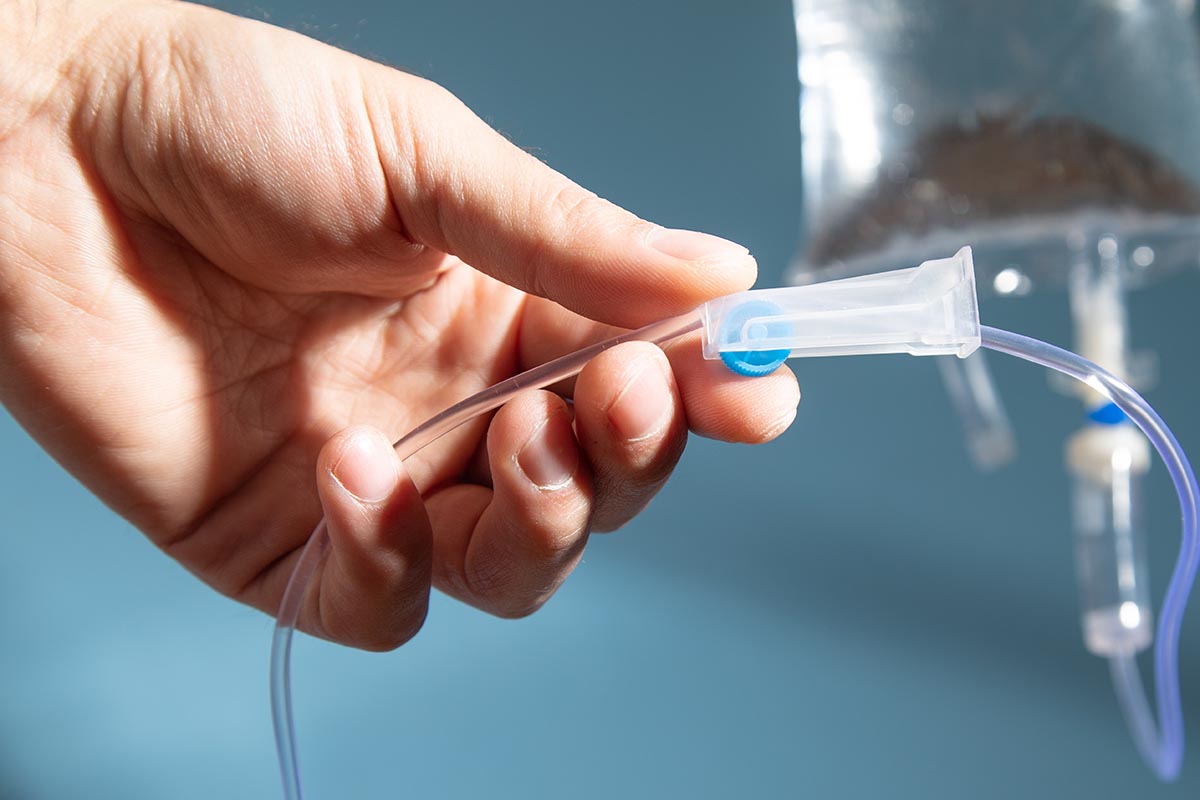The Different Types Of Fluids And Their Uses
IV solutions are commonly used in medical settings to deliver fluids and medication directly into a patient’s bloodstream. There are different types of IV fluids available, each with its purpose. This blog post will take a closer look at the different types of IV fluids and their uses. By understanding the different options available, you can make better decisions about your care or the care of a loved one.
IV solutions and their purpose
Intravenous (IV) solutions are an important tool used in medical care. They provide essential medications, nutrition, and fluids to patients in need. As the name implies, IV solutions enter the body directly through a vein, typically in the arm or hand, providing rapid delivery of the solution to the target area.
The solutions can be mixed with other medications or adjusted depending on the patient’s needs and requirements. In addition to delivering drugs and nutrients, IV solutions also keep veins open for those who suffer from dehydration or low blood volume.
These solutions play a crucial role in many medical procedures, from simple hydration treatments to complex surgeries and treatments. Ultimately, IV solutions offer a valuable tool for health professionals to efficiently deliver targeted medications and fluids for their patients’ treatments.
Different types of fluids are available
Although we often think of water when we think of fluids, many different types are available. Fluids can be classified by their rheological properties: meaning how they flow and change shape in response to applied forces.
The four main types of fluids are Newtonian, non-Newtonian, pseudo-plastic, and dilatant. Newtonian fluids flow predictably, and their viscosity (resistance to flow) is independent of shear rate (the rate at which fluid deforms). Non-Newtonian fluids have a viscosity that depends on shear rate or shear stress. Pseudo-plastic fluids have a decreasing viscosity with an increasing shear rate, while dilatant fluids have an increasing viscosity with an increasing shear rate.
Benefits and uses of each type of fluid
Liquids play an integral role in our lives. Depending on their type, they can provide hydration and nutrition, along with many other benefits. Water remains the most versatile fluid, as it is necessary for survival and supports the body’s physiological functions. As a nutrient, it can carry minerals and other essential elements to all body parts, helping regulate cell temperature and maintain a healthy balance.
Other fluids are also beneficial; fruit juices can provide vital vitamins and nutrients, and herbal tea can help reduce stress levels. In industrial settings, oil is vital for cooling engines, while brake fluid helps ensure proper car functioning.
Fluids also play an important role in medicinal applications, such as providing nutrition through liquid meals or controlling dosage levels when delivering medication intravenously or subcutaneously. No matter their purpose, each type of fluid has unique advantages that make them an important part of our lives.
Tips on how to choose the right type of fluid for your needs
When selecting the right type of fluid for your needs, there are a few key factors to consider. Firstly, determine the fluid’s purpose and make sure that your choice is suitable for that purpose.
Additionally, investigate what variety of fluids are available; some may provide additional benefits beyond fulfilling your intended purpose. Furthermore, don’t forget to read reviews and ask fellow users about their experiences with the various options available—this can be invaluable in helping you decide on the best solution. Researching different fluid types thoroughly before making a decision is essential to ensuring the optimal outcome from your investment.
Importance of using IV solutions
Intravenous (IV) solutions provide essential nutrients and medication to patients. These solutions can be administered quickly and efficiently, which is especially helpful in emergencies or when a patient cannot take medications orally because of vomiting or lack of appetite.
Additionally, IV solutions allow healthcare providers to control the rate at which they deliver fluids and medication, ensuring that the patient receives the necessary amount. Furthermore, IV therapies are essential for hydration, electrolyte balance, and drug delivery. Lastly, depending on their particular needs, patients may require multiple specialized solutions, which can be delivered rapidly via an intravenous route. All these factors make IV solutions an invaluable tool for healthcare providers.
IV solutions are a necessary part of modern healthcare. They come in many different forms, each with its benefits and uses. When choosing an IV solution, it is essential to consider the purpose of the treatment and the type of patient receiving it. With so many options available, there is bound to be an IV solution that meets your needs. Thank you for taking the time to learn about this important topic!



















